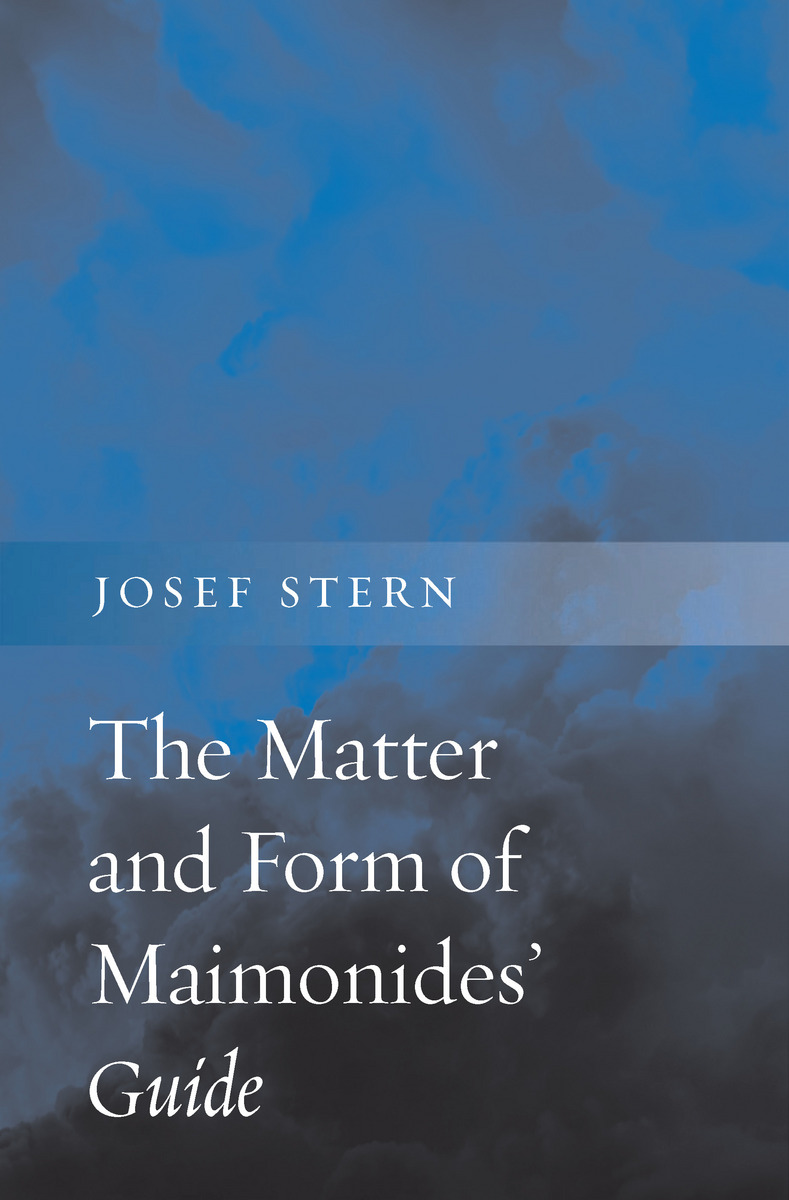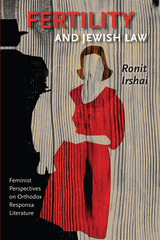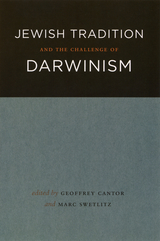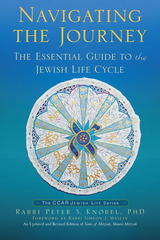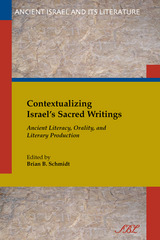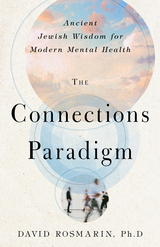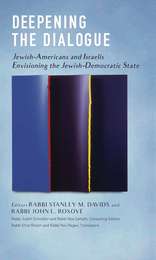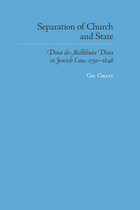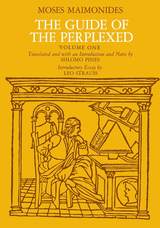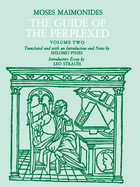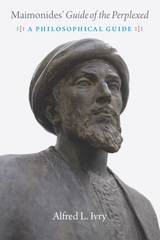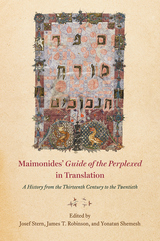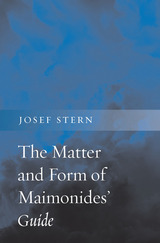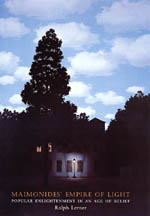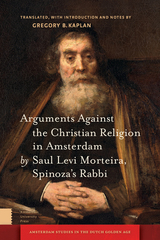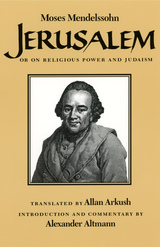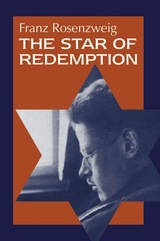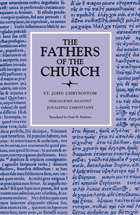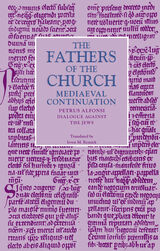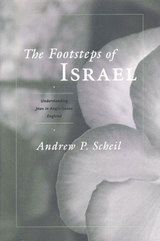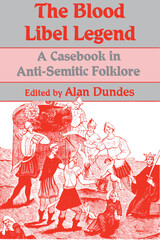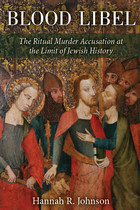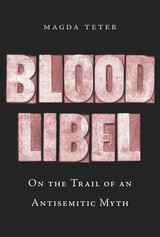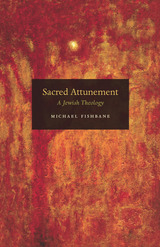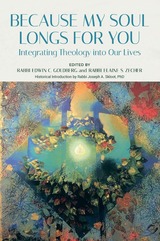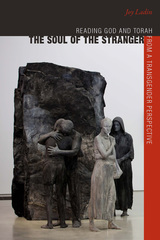The Maimonides who emerges from within the skeptical reading is an iconoclastic firebrand who challenges motifs central to Jewish theology. Stern’s The Matter and Form of Maimonides’ Guide is by far the most extensive, rigorous, and sophisticated expression of the skeptical interpretation to date. Stern’s impressive reading of Maimonides pushes the envelope further and deeper than…any of those in the skeptical camp… Stern, drawing on his expertise in the philosophy of language, provides the reader with the best treatment of Maimonides’ negative theology to date… Stern is clear about his aims from the outset—to provide a unified reading of the Guide. In this respect his work is a complete and resounding success. A significant and impressive amount of historical and philosophical work has gone into drawing together the various threads of this challenging work and into navigating the difficult interpretive hurdles Maimonides laid down. For these reasons, and many more besides, I have no doubt that this monograph will become a modern classic and will generate a substantial secondary literature… This is a rare piece of stellar scholarship. The Matter and Form of Maimonides’ Guide is a must read for anyone interested in Maimonides.
-- Dani Rabinowitz Los Angeles Review of Books
There is much to commend in Josef Stern’s exciting new book, The Matter and Form of Maimonides’ Guide. Here is the most extensive and best account of the ‘skeptical’ interpretation of Maimonides, a major school of thought that has gained ground relatively recently and provides an alternative way to approach the hidden aspects of the Guide for the Perplexed… Stern presents an entirely new account of Maimonides’ parables, biblical and rabbinic as well as those of his own creation… Stern’s account of parables and the examples he discusses should be of interest to scholars in various fields of Jewish studies… It is a delight to read this important and philosophically sophisticated contribution to the field and, although no work on a figure as contested as Maimonides can meet with universal agreement, even those who demur over certain aspects of interpretation will have to contend with Stern’s new approach and will learn much in the process.
-- Daniel Davies H-Net Reviews
Stern closely examines Maimonides’s interpretations of biblical parables, and the parables Maimonides himself constructed… This linking of parables with other parables, and with biblical and Talmudic passages, is invaluable.
-- E. Halper Choice
Josef Stern’s The Matter and Form of Maimonides’ Guide is by far the best philosophical book on Guide of the Perplexed I have ever read, and Maimonides is by far the most significant and most discussed Jewish philosopher, of unparalleled importance for the development of Judaism up to the present day, but also of vast importance for medieval Christian and Islamic philosophy. Stern’s book is a must-read, not only for anybody interested in the history and contemporary practice of Jewish thought, but also for scholars and students of analytic theology and medieval philosophy.
-- Paul Franks, Yale University
To the continuously growing number of studies on Moses Maimonides, Stern adds a new and refreshing voice. Stern’s multi-layered reading of Maimonides’ parabolic writing allows him to address, from a revealing new angle, questions that had hitherto seemed exhausted: Maimonides’ esotericism, his skepticism, and the place of the Mosaic commandments and of philosophy in his life-project. Bringing to bear Stern’s profound familiarity with the pre-Maimonidean philosophical literature, this remarkable book reunites Maimonides with the Alexandrian philosophical tradition, in which philosophy was a way of life. Stern’s bold, precise, and elegantly-written analysis reveals the Guide of the Perplexed to be not only Maimonides’ most philosophical work, but a true philosophical masterpiece.
-- Sarah Stroumsa, The Hebrew University of Jerusalem
Stern’s book is one of the best treatments of Maimonides’ metaphysics and epistemology to appear in the last twenty-five years and unquestionably the best presentation of the skeptical reading of Maimonides. It is clear, closely argued, historically informed, and philosophically sophisticated. It puts forward new and thought-provoking interpretations of well-known passages and will definitely stir the pot when it comes to getting people to rethink their positions.
-- Kenneth Seeskin, Northwestern University
